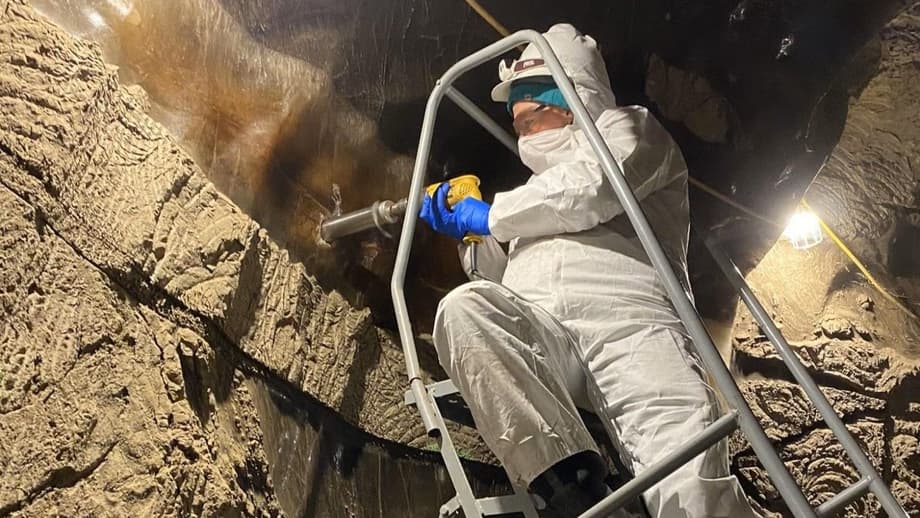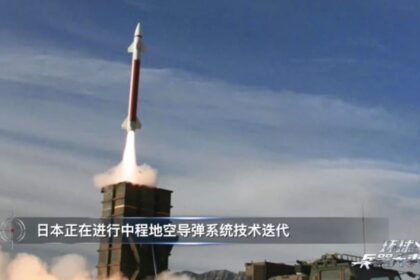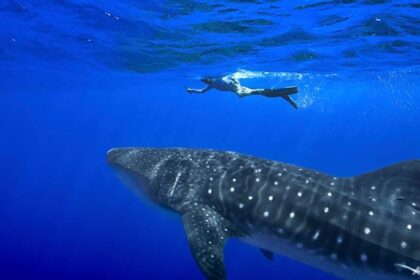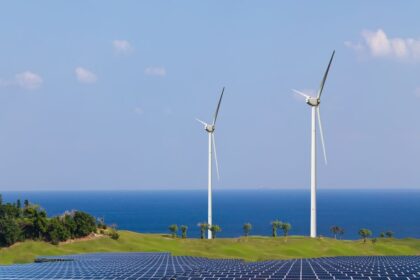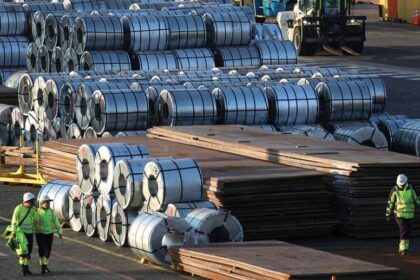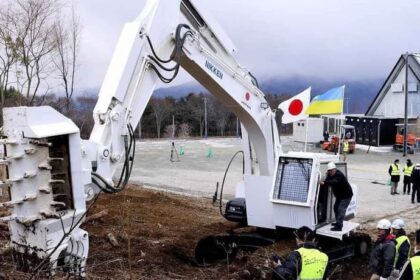Why ancient microbes matter now
In frozen ground across the Arctic, microbes that last fed on ancient plants and animals tens of thousands of years ago are stirring back to life. Laboratory experiments using permafrost samples from interior Alaska show that dormant communities, some as old as 40,000 years, can reawaken in a matter of months if conditions stay warm and wet. Once active, they break down long-frozen organic matter and release carbon dioxide and methane, two heat-trapping gases. This process adds a new push to a warming climate and increases the risk that permafrost thaw will speed up in a self-reinforcing cycle.
- Why ancient microbes matter now
- What the Alaska permafrost tunnel reveals
- How scientists reawakened ice age microbes
- What happens after months of warmth
- From frozen carbon vault to greenhouse gas emissions
- How big could the carbon release be
- Can plants and cold seasons offset these emissions
- Why timing, not just temperature, changes the risk
- What scientists still do not know
- What to Know
Permafrost is ground that stays frozen for at least two consecutive years. It can be only a meter deep or hundreds of meters thick, locking up ancient carbon from long-vanished tundra and boreal ecosystems. The top layer often thaws in summer, but deeper layers have remained sealed since the last ice age. The new research indicates that if summers lengthen and the active season stretches into spring and autumn, even microbes deep in the permafrost can become part-time residents of the modern carbon cycle.
That timing is crucial. The Arctic is warming about twice as fast as the global average, and the thaw season is expanding. Scientists have measured rising greenhouse gas emissions from northern landscapes in fall, winter, and spring, a period when plants are largely dormant. When those off-season emissions are counted, the region appears to be a net source of carbon to the atmosphere in many recent years. Awakening ancient microbes would add to that burden.
What the Alaska permafrost tunnel reveals
To study the pace of microbial revival, researchers collected frozen cores from the Permafrost Research Tunnel near Fairbanks, Alaska. The tunnel sits about 50 feet below the surface and extends more than 350 feet into frozen ground that preserves a detailed record of late Pleistocene landscapes. It is a rare place where scientists can sample intact, ancient soils and ice that have remained frozen for millennia.
Alaska is an ideal study area because permafrost underlies a large share of the state. The tunnel’s frozen walls reveal layers of silt, sand, and organic-rich horizons, along with ground ice that formed as the soil froze. Many of those horizons hold buried plant and animal material that is still largely unprocessed by microbes. Once thaw provides liquid water and temperatures above freezing, those long-idle communities have the ingredients needed to restart metabolism.
How scientists reawakened ice age microbes
In the lab, small pieces of the ancient permafrost were moistened and incubated at temperatures chosen to represent present and future Alaskan summers. Researchers used water enriched with deuterium, a heavy form of hydrogen, so that any new microbial growth would incorporate a detectable atomic signature. After one month, only a small fraction of cells showed signs of activity, suggesting a slow restart. After six months at warmer temperatures, the story changed sharply. Microbial communities restructured, visible biofilms appeared, and the revived microbes behaved much like modern counterparts.
A cold restart, tracked atom by atom
The deuterium labeling method lets scientists follow growth without guessing. When microbes build new cell membranes or other molecules, they add hydrogen atoms. If those atoms are deuterium, instruments can spot the heavier signature and confirm that growth came from the experiment, not from contamination. The data from Alaska show that revival is not immediate. Many microbes appear to adjust for weeks, then reorganize and expand only after extended warmth. That delay underscores why a longer thaw season can matter more than a single hot spell.
What happens after months of warmth
The key finding is the timescale for awakening. The experiments point to a lag of roughly one to six months between thaw and full activity for some ancient communities. In the current climate, parts of the Arctic already spend that much time above freezing each year. Climate projections point to longer thaw seasons ahead. A longer warm period gives microbes enough time to rebuild membranes, repair damage from freezing, and switch on enzymes needed to digest complex carbon. Once that machinery is in place, the microbes can rapidly convert frozen organic matter into carbon gases.
This timing also helps explain a broader pattern seen in field measurements. Many tundra sites absorb carbon dioxide during the short summer growing season when plants are active. Those gains are increasingly offset by losses during the rest of the year as microbes continue to respire. The addition of newly awakened microbes working on ancient carbon deepens the off-season losses and can push landscapes toward net emissions.
From frozen carbon vault to greenhouse gas emissions
Permafrost is often described as a giant carbon vault. It formed as cold conditions prevented full decomposition of plant and animal remains, which then accumulated and froze. Thaw opens that vault. In oxygen-rich soils, microbes release carbon mainly as carbon dioxide (CO2). In waterlogged or oxygen-poor settings like peatlands, wetlands, and the bottoms of thaw lakes, specialized microbes called methanogens produce methane (CH4).
CO2 versus methane
Methane traps much more heat than carbon dioxide over a few decades, although it breaks down faster in the atmosphere. Carbon dioxide is less potent molecule for molecule, but it persists for centuries. The balance between CO2 and methane from thawing ground depends on local conditions. Drier, better drained soils tip emissions toward CO2. Saturated soils and thaw lakes tip emissions toward methane. Recent research across Alaska and western Canada indicates that forests can absorb slightly more CO2 than they emit during productive periods, yet those gains are offset by methane from wetlands and lakes, fires, and cold-season respiration. The region’s combined greenhouse gas budget still points to added warming in the coming decades.
How big could the carbon release be
Northern permafrost-region soils store an enormous quantity of organic carbon, about 1,460 to 1,600 billion metric tons. That is roughly twice the carbon now held in the atmosphere. Most of that store lies within the top three meters, but a large share sits deeper, trapped in ice-rich sediments and ancient loess deposits known as Yedoma. Estimates for those deep Yedoma deposits range from 327 to 466 billion tons of carbon. Arctic river deltas add about 96 billion tons more. Gradual thaw from the surface down will expose much of the near-surface inventory over time. Abrupt thaw, which occurs where ice-rich ground collapses and creates thermokarst pits and lakes, can mobilize deeper layers in a single season.
Flux measurements suggest that this giant pool has already started to add to the atmosphere. New regional and winter season observations indicate that permafrost-region ecosystems are releasing a net 0.3 to 0.6 billion tons of carbon per year as carbon dioxide when cold-season losses are included. Aircraft campaigns over Alaska have estimated that tundra acts as a consistent carbon source, while boreal forests vary between near-neutral and modest sinks depending on fire and weather. Winter emissions have been revised upward by a factor of two to three in some analyses as more sensors capture the long, cold period when plants are idle but microbes are not. These results are consistent with the idea that a feedback from thawing permafrost is already underway.
Can plants and cold seasons offset these emissions
Every summer, plants in tundra and boreal forests take in carbon dioxide through photosynthesis and store some of it as biomass and new soil organic matter. In healthy stands and wetland areas, that uptake can be strong. The problem is that the Arctic’s cold season is very long. Microbial respiration continues at low rates for much of the year, even under snow. Over 250 or more days, those small daily losses can offset most or all of the summer gains.
Microbial flexibility adds to the challenge. Studies in Svalbard and other Arctic sites show that microbes in the top, seasonally thawed layer are well adapted to cold conditions. They produce enzymes that work efficiently at low temperature and can use a wide range of carbon compounds. Some can even take up CO2 directly under certain conditions, although that pathway is small compared with the scale of carbon release from decomposition. Wetlands and peatlands can remain net carbon sinks by weight, accumulating peat over centuries, yet they still emit methane that has a strong warming effect. On balance, the recent data indicate that plant uptake across the region does not fully counter the growing respiratory losses and methane from thawing ground.
Why timing, not just temperature, changes the risk
The new lab findings put a spotlight on season length. Microbes that slept for millennia may need weeks to months to repair and reorganize before they grow. A longer thaw season gives them that time. Hot days alone are less important than a spring thaw that arrives earlier and an autumn freeze that comes later. Climate records already show that shift underway in many Arctic locations.
Sunlight also plays a role in speeding up carbon release once permafrost is disturbed. Thaw can flush soil carbon into streams and lakes where it is exposed to sunlight. Photochemical reactions weaken complex organic molecules, making them easier for microbes to consume. Experiments show that microbial communities switch their metabolic machinery to take advantage of sun-weakened carbon, converting more of it into CO2. Hydrology, light, and biology work together to move ancient carbon through the system once thaw starts.
Other factors matter too. Warmer soils often come with changes in moisture, and sometimes with added nitrogen from atmospheric deposition or local sources. Experiments in permafrost peatland soils have shown that warming increases CO2 emissions and can boost the activity of methanogens and other microbial groups. Added nitrogen can further change microbial communities and gas fluxes, including nitrous oxide, another strong greenhouse gas. These interactions show that the response of thawing ground is not a single process but a set of linked ones that vary by landscape.
What scientists still do not know
Microbes are the engines that convert permafrost carbon into gases, yet their future behavior remains hard to predict at large scales. Permafrost covers vast and diverse terrain, from dry uplands to waterlogged peatlands, from mineral soils to thick organic layers, with conditions that vary over meters. A decade of molecular studies has revealed astonishing diversity, but translating gene catalogs into reliable forecasts of gas emissions remains a frontier. Researchers are building models that combine heat flow, soil moisture, hydrology, and microbial metabolism to capture the full chain from thaw to emission. Many models still struggle to simulate abrupt thaw, lateral movement of water and carbon, and the time lags shown in the new awakening experiments.
Measurements also remain sparse in seasons and places that are hard to reach. Bottom-up methods that scale local flux towers to regions can disagree with top-down estimates from satellites and aircraft. The differences often come down to a shortage of winter data, uncertainty about wetlands and lakes, and the changing impacts of wildfire. Better integration of approaches is improving the picture, yet there is still a wide range in projected emissions.
One more concern sits outside the climate budget. The idea of reviving ancient microbes naturally raises safety questions. The research that awakens microbes uses small, controlled samples and standard laboratory precautions. The scale of laboratory work is tiny compared with the vast area of permafrost that is thawing on its own each summer. The climate risk lies in the greenhouse gases those microbes produce in the wild, not in lab strains. That reality puts the focus on monitoring and on reducing warming so that less frozen ground crosses the threshold into seasonal thaw.
What to Know
- Ancient Arctic microbes can wake up after one to six months of warmth and moisture, then release CO2 and methane as they digest long-frozen organic matter.
- Permafrost-region soils store about 1,460 to 1,600 billion tons of organic carbon, roughly twice the amount in the atmosphere.
- The Permafrost Research Tunnel near Fairbanks, Alaska, provided ancient samples that showed dramatic microbial revival after six months in warm incubations.
- Arctic warming is lengthening the thaw season, which is more important for microbial revival than short heat spikes.
- Recent observations suggest the northern permafrost region is already a net source of carbon to the atmosphere when cold-season losses are included.
- Lakes and wetlands favor methane emissions, while drier soils tend to emit more CO2, and both gases add to warming on different timescales.
- Winter carbon losses have been revised upward in newer studies, offsetting much of the summer carbon uptake by plants.
- Sunlight makes thawed permafrost carbon easier for microbes to consume, accelerating CO2 release in streams and lakes.
- Large uncertainties remain because microbial communities and soil conditions vary widely, and models still struggle with abrupt thaw and seasonal dynamics.
- The primary public risk is climate warming from increased greenhouse gases, not lab handling of ancient microbes, which is tightly controlled and small in scale.


